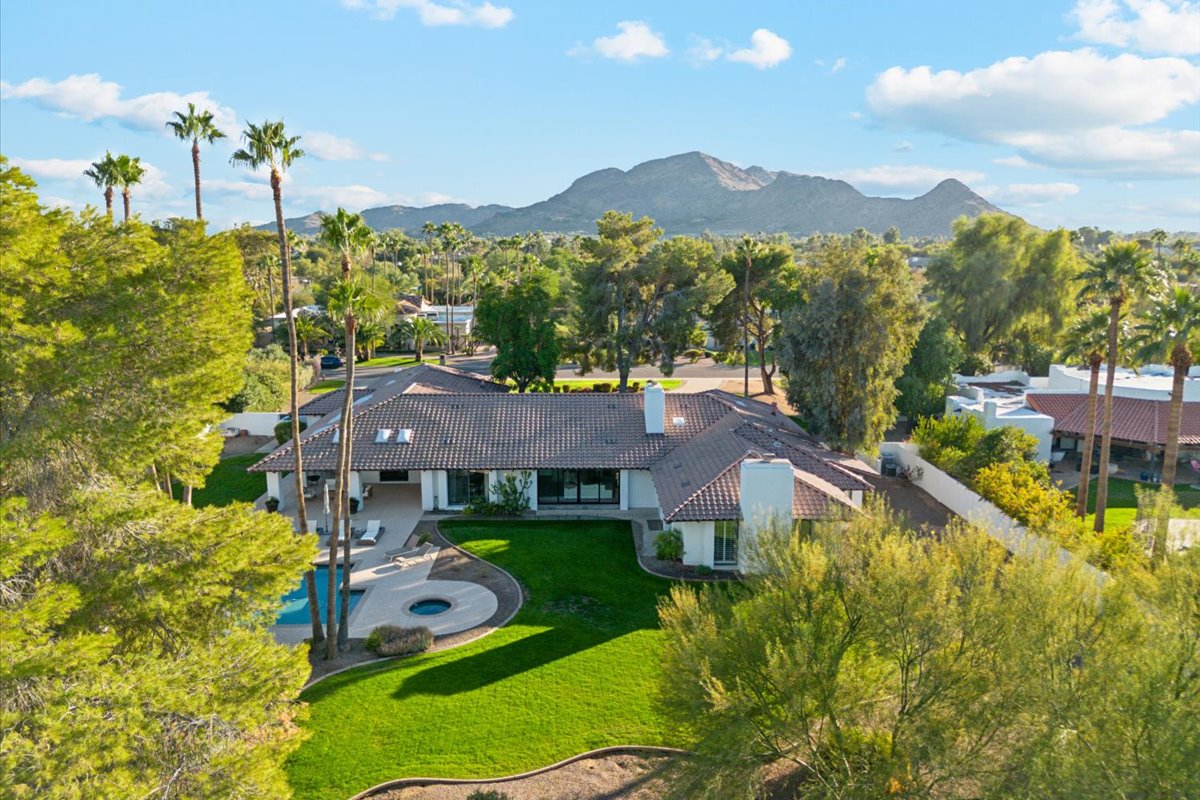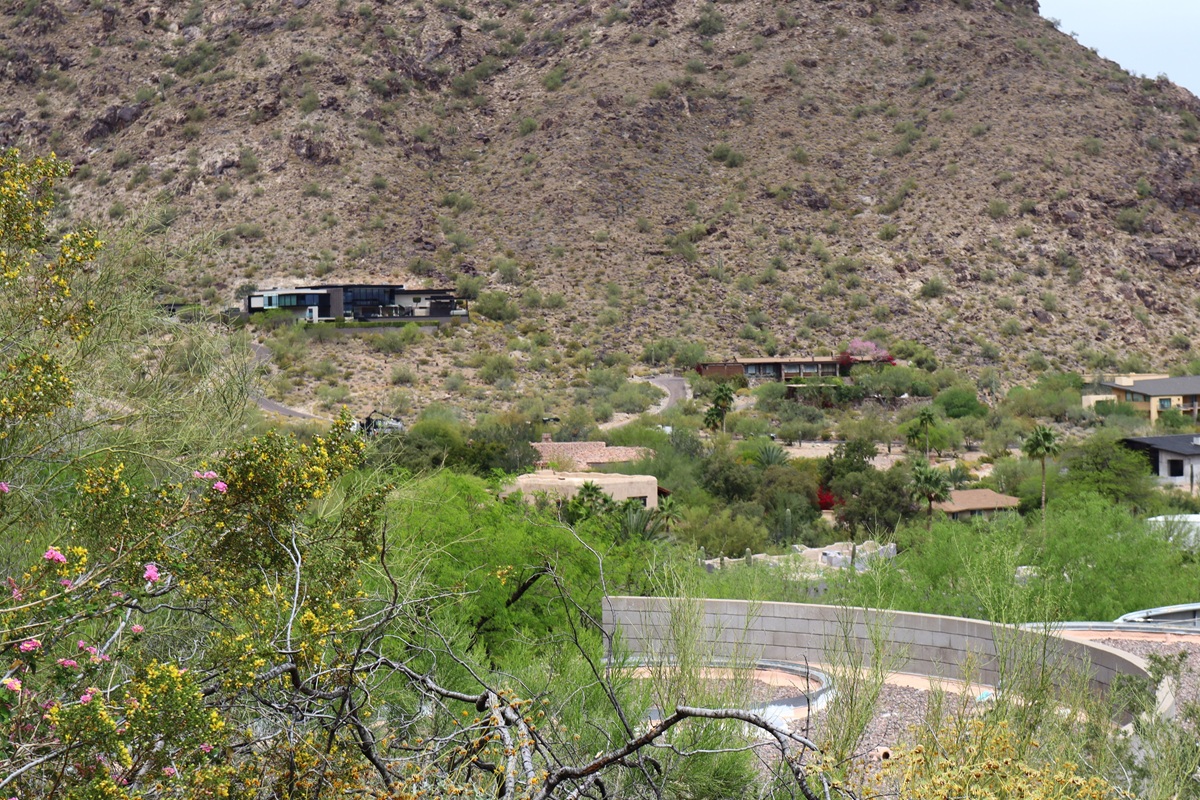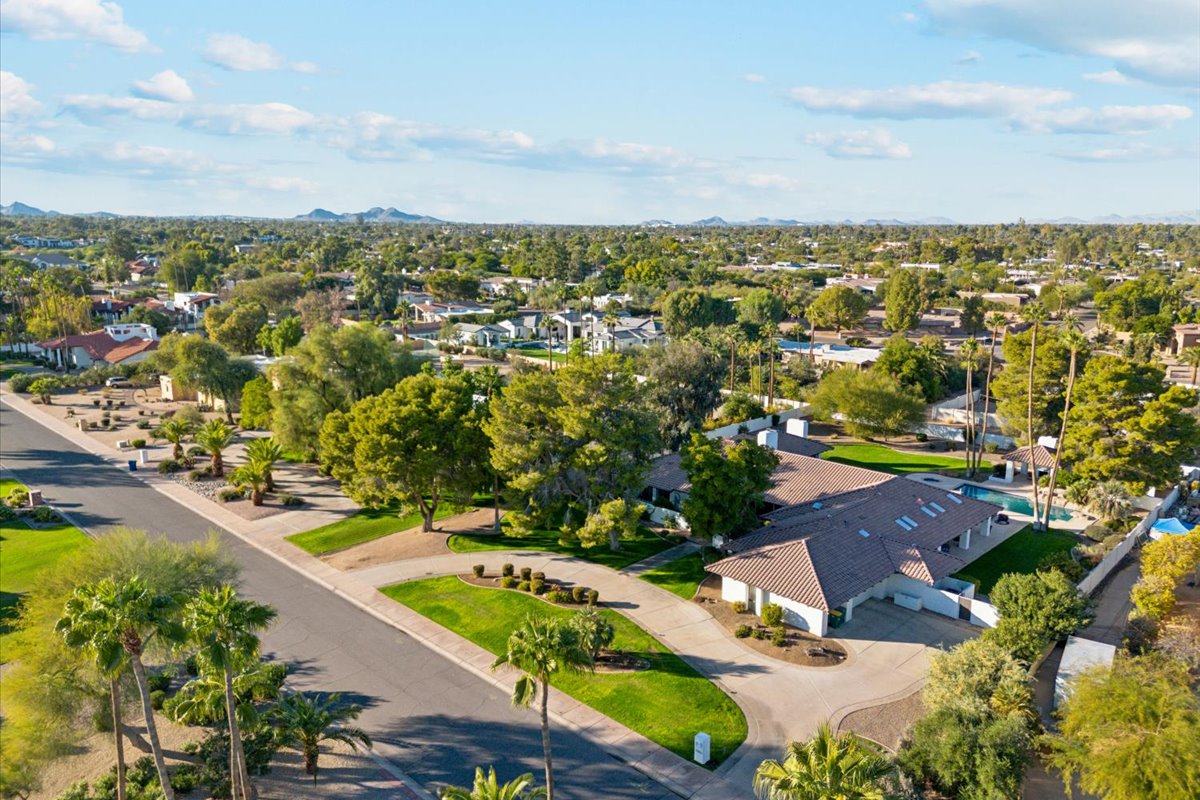Paradise Valley Begins Major Zoning Code Rewrite After Decades
Paradise Valley Overhauls Its Zoning Code
Paradise Valley’s zoning code just got its first major overhaul in decades, and no, this isn’t some dry government housekeeping. This is the town blueprint that dictates what can go where, how buildings rise, and how land is shaped. After 50 years, that framework was looking a little tangled. Now, with help from a private consultant, the town is tearing through the cobwebs and lining things up for a smarter, cleaner, and more cohesive approach.
Let’s get into what’s changing in Paradise Valley, and why it matters.
Long Time Coming For A Fresh Start
The zoning code hasn’t seen a major rewrite since 1974. A partial cleanup happened in 2005, but since then, more than 100 patchy amendments piled on. That made things messy. A Frankenstein code. Still working, but clunky.
-
More than 100 piecemeal changes since 1974
-
2005 was the last focused update
-
Code had grown inconsistent, confusing, and tough to navigate
-
Staff flagged issues with usability for builders
-
Many interpretations weren’t codified
-
Some language was decades out of step
-
Legal compliance was slipping in spots
Now, with a $129,510 contract to Michael Baker International, Paradise Valley is rewiring the whole thing. It’s not just about grammar, formatting, or appearance. It’s about clearing the path for tomorrow’s projects, while preserving the character that’s made this place famous.
Also Read: What’s The Lifestyle Like In Paradise Valley? Shop, Dine, & More

What's Getting Sorted Out First
The initial phase zeroes in on structural problems. Think outdated definitions, duplicated rules, and procedures that made zero sense.
-
Aligning code with current Arizona law
-
Fixing conflicts between overlapping rules
-
Rewriting unclear, vague, or contradictory sections
-
Setting setbacks more fairly on odd-shaped lots
-
Clarifying wall and fence heights on arterial roads
-
Regulating cantilever structures and raised decks
-
Tightening lighting language near hillsides
-
Establishing limits for short-term rentals
Even pool setbacks on tight lots and gate heights are getting their own reviews. This isn’t a light touch. It’s a full realignment.
Time To Reorganize, Reframe, and Make It Usable
One big goal? Make it actually usable. Right now, just finding answers in the ordinance takes flipping across multiple articles. That’s changing.
-
Creating unified tables for permitted uses
-
Merging zoning districts with development standards
-
Adding reference tools like graphics, illustrations, and tables
-
Restructuring articles by topic, not history or habit
-
Moving niche content, like antennas, to separate sections
-
Giving priority to frequently used info up front
Instead of scattershot listings and text walls, the new code will group things by how people actually use them. It’s about function, clarity, and access.
Also Read: Paradise Valley Vs. Scottsdale | Which One Is Right For You?

Spotlight On Special Use, Rules, and Hot Topics
Paradise Valley relies heavily on its Special Use Permit system. It’s what keeps its identity intact, while allowing resorts and non-residential projects to fit in. But those SUP guidelines? Aging fast.
-
Updating SUP guidelines with current standards
-
Adding FAR (floor area ratio) language
-
Bringing in case studies for courts, fences, and signage
-
Considering state-driven changes on keeping animals
-
Clarifying rules for accessory buildings, decks, and underground garages
Pickleball courts, short-term rentals, and even flagpoles made the list. Paradise Valley is thinking big, but acting local.
Hillsides, Views, and The Desert Feel
Few towns are more defined by their landscape. Mountain views and desert silhouettes matter. So hillside rules are under the microscope, too.
-
Reviewing “disturbed vs. restored” definitions
-
Rethinking how to measure retaining walls
-
Dealing with glare, lighting, and reflective surfaces
-
Applying consistent rules to raised outdoor areas
-
Protecting views from hilltops, backyards, and flatlands
The rewrite reinforces the town’s scenic focus, without freezing its ability to grow. Evolution is happening, but not at the cost of identity.
Also Read: Is Paradise Valley Good For A Second Home Or Vacation Estate?

A Simpler, Smarter Document
The layout is getting a complete refresh. Not just the words, but how they’re presented.
-
Adding headers with article titles for easy navigation
-
Using real-world diagrams for fences, setbacks, and signs
-
Avoiding long, repetitive paragraphs of legalese
-
Improving document hierarchy with clean numbering
-
Making cross-referencing with other town documents seamless
The idea is simple. If you’re a homeowner, builder, or staffer, you shouldn’t need a law degree to understand the rules.
What's Next?
This overhaul isn't finished yet. The roadmap includes a second phase where staff and stakeholders will fine-tune individual regulations. But the groundwork is solid.
-
Phase 1: Structure, legality, and cleanup
-
Phase 2: Specific updates and rewrites
-
Phase 3: Public engagement, review, and final drafts
-
Timeline, meetings, and hearings still ahead
Paradise Valley is setting up a zoning code that works for the next 50 years, clean, clear, and in step with its unmistakable identity. This is more than policy work. It’s a reset for how the town plans, protects, and builds.
Stay tuned. Things are about to get much easier to read.
Also Read: The Most Sought-After Neighborhoods In Paradise Valley


















